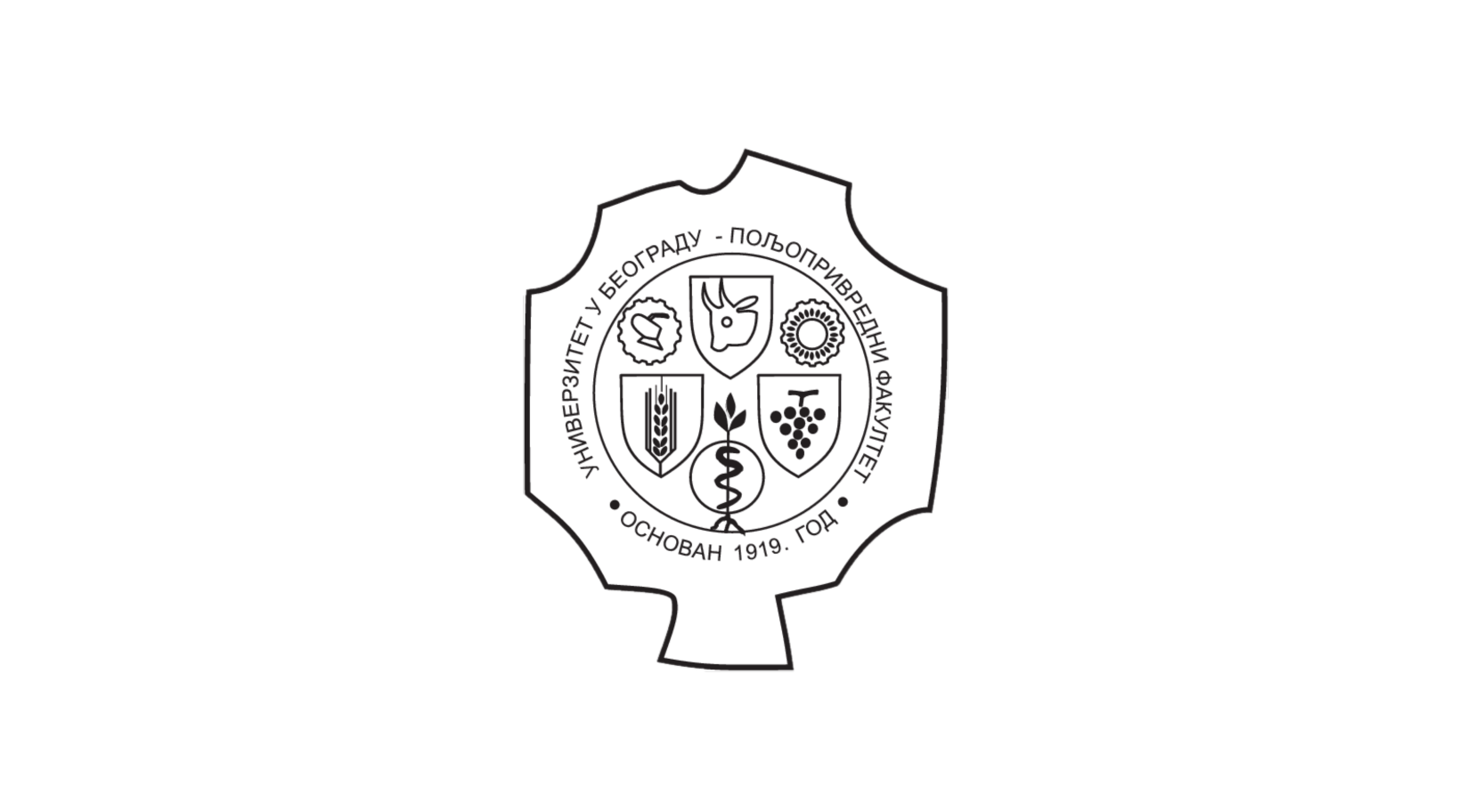Приказ основних података о документу
Combined use of biomarkers to assess the impact of untreated wastewater from the Danube River, Serbia
| dc.creator | Kostić-Vuković, Jovana | |
| dc.creator | Kolarević, Stoimir | |
| dc.creator | Sunjog, Karolina | |
| dc.creator | Subotić, Srđan | |
| dc.creator | Višnjić-Jeftić, Željka | |
| dc.creator | Rašković, Božidar | |
| dc.creator | Poleksić, Vesna | |
| dc.creator | Vuković-Gačić, Branka | |
| dc.creator | Lenhardt, Mirjana | |
| dc.date.accessioned | 2023-06-22T11:29:49Z | |
| dc.date.available | 2023-06-22T11:29:49Z | |
| dc.date.issued | 2023 | |
| dc.identifier.issn | 0963-9292 | |
| dc.identifier.uri | http://aspace.agrif.bg.ac.rs/handle/123456789/6354 | |
| dc.description.abstract | In this study a battery of bioassays, both in vivo (metals and metalloids concentrations, erythrocyte morphometry, comet assay, micronucleus assay, and histopathological analyses) on vimba bream Vimba vimba (L., 1758) and white bream Blicca bjoerkna (L., 1758), and in vitro (treatment of HepG2 cells with native water samples) was applied to assess the harmful potential of untreated wastewater. Faecal indicator bacteria were quantified to assess the microbiological water quality. Vimba bream had significantly higher Fe concentrations in both liver and muscle, while white bream had higher Ca and Cu concentrations in liver. Vimba bream had a significantly higher level of DNA damage in both liver and blood cells, in comparison to white bream. Low levels of micronucleus and nuclear abnormalities were observed in both species. Erythrocytes morphometry did not show significant interspecific differences. Histopathological analyses revealed a similar response of the studied species, with a significantly higher presence of ceroid pigments in the liver of vimba bream. Treatment of HepG2 cells revealed the high genotoxic potential of water downstream of the discharge point. The results of this study clearly demonstrate the importance of effect-based monitoring, in order to enforce more efficient management of natural resources and implementation of wastewater treatment systems. © 2023, The Author(s), under exclusive licence to Springer Science+Business Media, LLC, part of Springer Nature. | |
| dc.language | English | |
| dc.relation | info:eu-repo/grantAgreement/MESTD/inst-2020/200053/RS// | |
| dc.relation | info:eu-repo/grantAgreement/MESTD/inst-2020/200178/RS// | |
| dc.relation | info:eu-repo/grantAgreement/MESTD/inst-2020/200007/RS// | |
| dc.relation | info:eu-repo/grantAgreement/MESTD/inst-2020/200116/RS// | |
| dc.rights | restrictedAccess | |
| dc.source | Ecotoxicology | |
| dc.source | Ecotoxicology | |
| dc.subject | Comet assay | |
| dc.subject | Erythrocyte morphometry | |
| dc.subject | HepG2 | |
| dc.subject | Histopathology | |
| dc.subject | Metals accumulation | |
| dc.subject | Micronucleus | |
| dc.title | Combined use of biomarkers to assess the impact of untreated wastewater from the Danube River, Serbia | |
| dc.type | article | en |
| dc.rights.license | ARR | |
| dc.citation.rank | M23~ | |
| dc.identifier.doi | 10.1007/s10646-023-02663-6 | |
| dc.type.version | publishedVersion |


